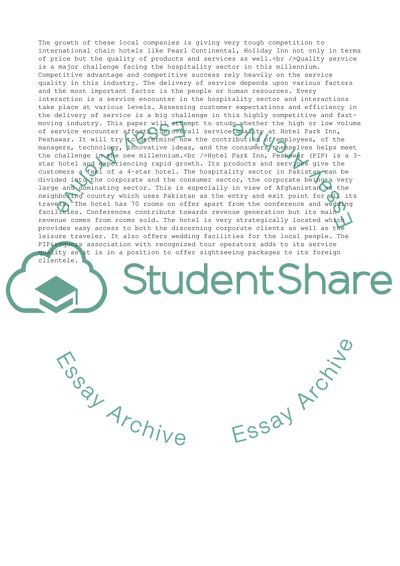Cite this document
(High/Low Volume of Service Encounter and its effect on overall Service Research Proposal, n.d.)
High/Low Volume of Service Encounter and its effect on overall Service Research Proposal. https://studentshare.org/business/1705786-proposal
High/Low Volume of Service Encounter and its effect on overall Service Research Proposal. https://studentshare.org/business/1705786-proposal
(High/Low Volume of Service Encounter and Its Effect on Overall Service Research Proposal)
High/Low Volume of Service Encounter and Its Effect on Overall Service Research Proposal. https://studentshare.org/business/1705786-proposal.
High/Low Volume of Service Encounter and Its Effect on Overall Service Research Proposal. https://studentshare.org/business/1705786-proposal.
“High/Low Volume of Service Encounter and Its Effect on Overall Service Research Proposal”. https://studentshare.org/business/1705786-proposal.


